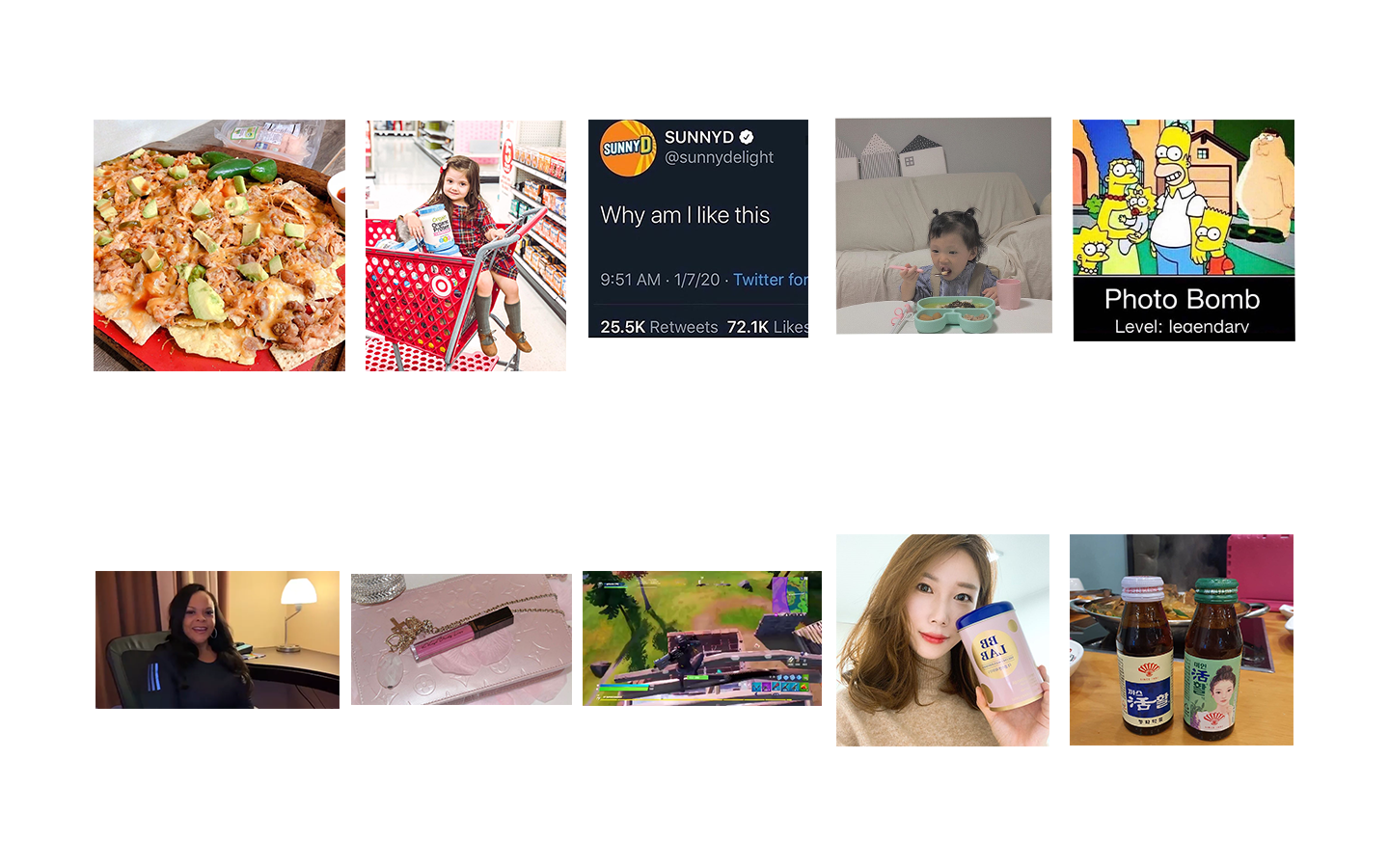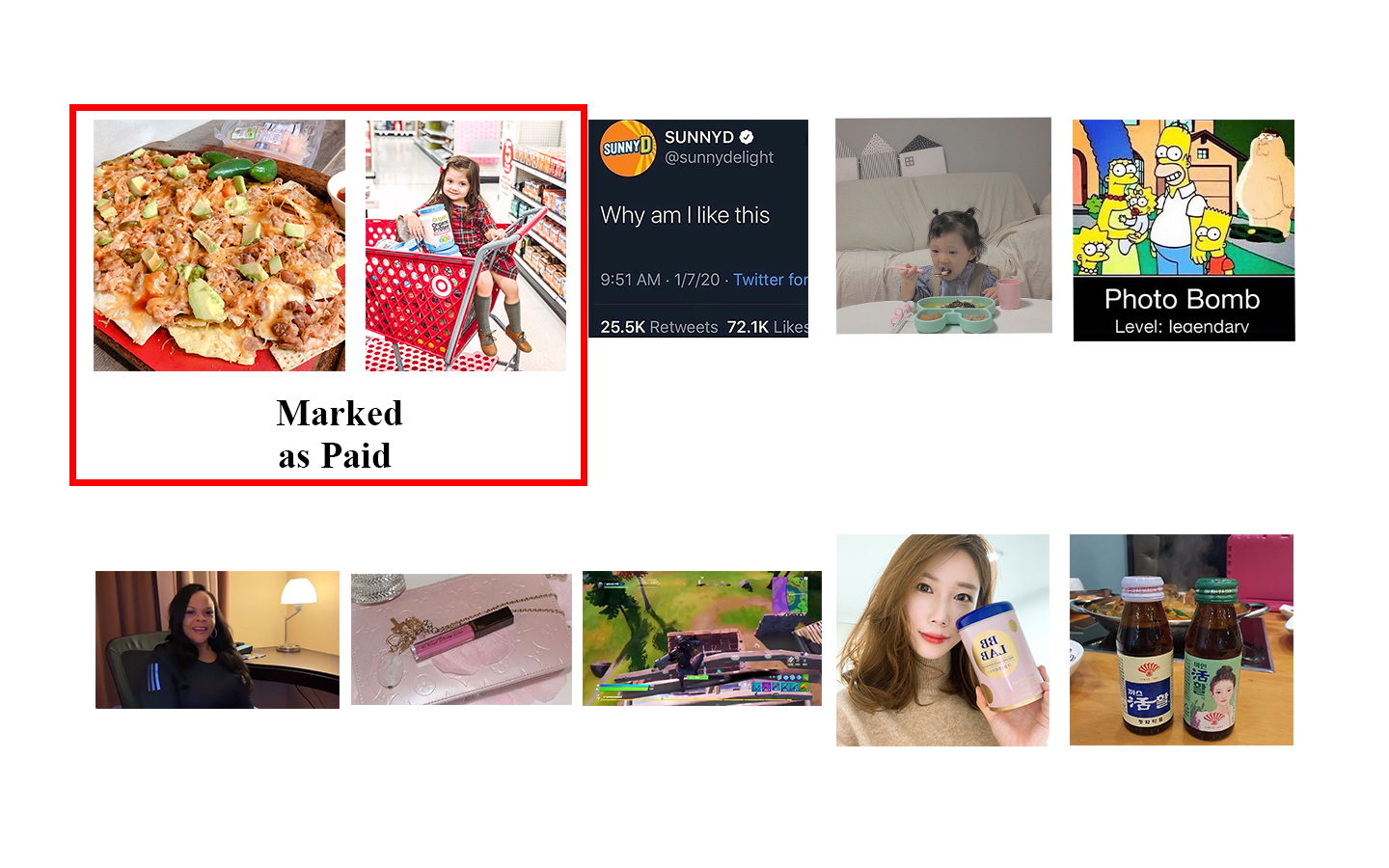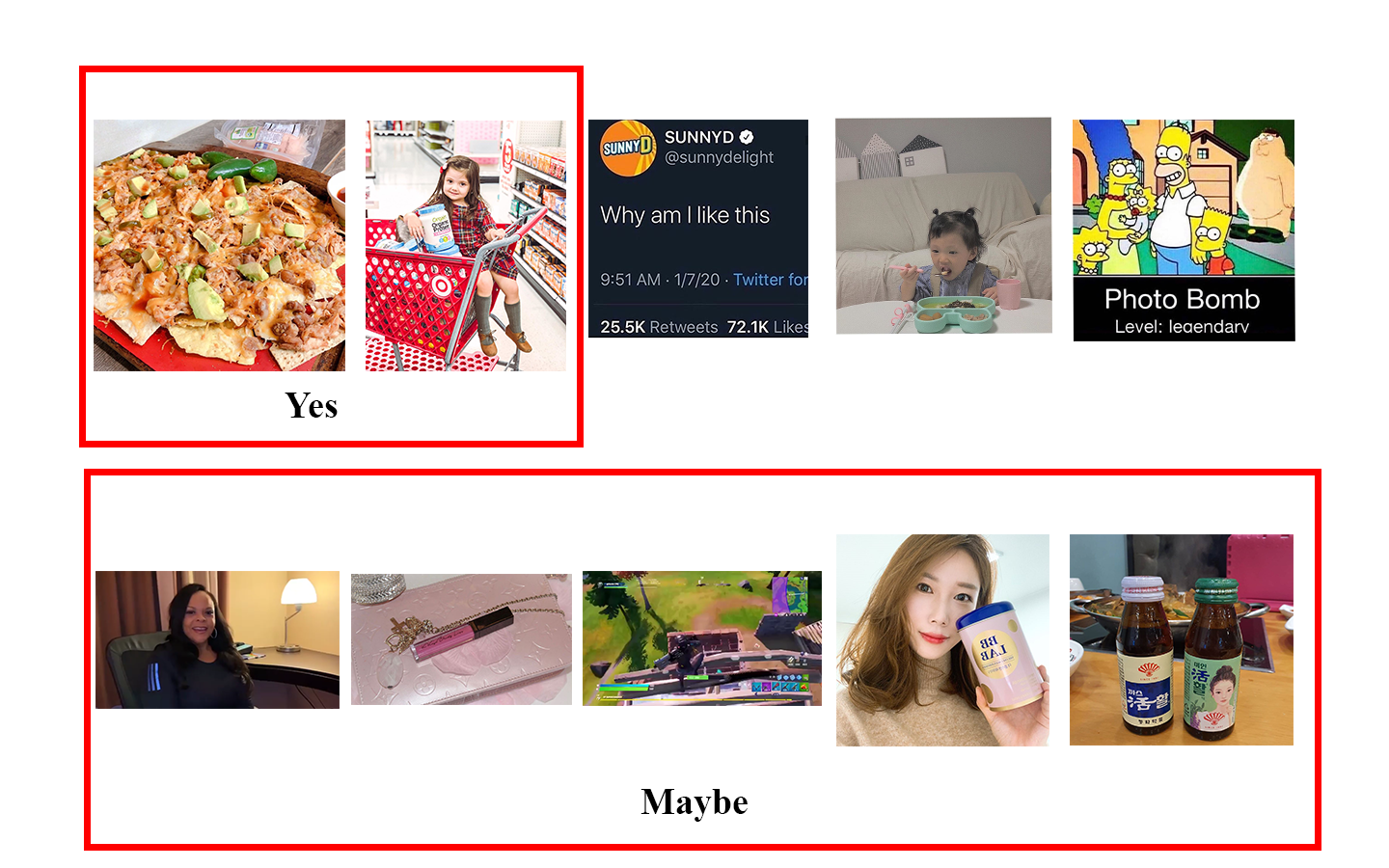How Lifestyle Bloggers @dipyourtoes Worked with the London Eye and Were Asked Back
We interviewed Eulanda & Omo Osagiede, husband and wife content creation and award-winning social influencers

This article was sent to subscribers of Influence Weekly, prior to publication.
According to Klear's State of Influencer Marketing, #AD usage was up 48% last year. But does that mean that "Influencer Marketing" is on the rise? What the heck does it mean to study the usage of #ad?
I wanted to figure out if #ad was actually a good indicator of "Influencer Marketing". Klear claims 3 million posts use #ad.
This is a counterpoint to that article. I attempt to take a snapshot and look qualitatively at the results. I looked at the 10 most recent posts (not top posts) of #ad.
You can do this test too.
If you do, I'd love to see your results.
All 10 of the most recent uses of #ad.
Note: These are the most recent at the time I did this study: Late Evening of Friday Jan. 18th, 2020.

Let me get a few things off my chest:
Disclosures 101 for Social Media Influencers states that
Don’t mix your disclosure into a group of hashtags or links.
That is exactly what 100% of these 10 did. #ad is in a group of hashtags at the bottom of the caption. None of them clearly state or disclose any partnership.
Don’t assume that a platform’s disclosure tool is good enough, but consider using it in addition to your own, good disclosure.
How many used Instagram's own paid partnership tool and are marked paid partnership?
2, Two. That's it. 2 out of the 10 are Marked as Paid sponsorship.

From what I can tell, there are 2 that are definitely paid ads. And five more that could be considered ads, in some respect.

One of them is on a brand's own account. By no means, is it an influencer who needs to disclose their connection to the brand. It is the brand itself. And they commonly use #ad in many of their posts.
When asked why they used #AD, they claim it is an ad for their business. But there's no sense in disclosing that it's an ad because it's on their own and operated account. No follower or viewer of the post will be fooled that it's not a brand. It's expected by customers that a brand will promote itself.
One surprising fact from the Klear study was that South Korea was one of the leading countries. A country with less population than Germany, Brazil and Italy could out rank those countries.
How many posts in the most recent, are Korean posts?
3, Three.
So that means 30% of the posts I looked at are from South Korean and in the language of Korean. Why?
Of all the countries, they were represented way more. In fact, I saw no German, no Arabic, No Portuguese. It was English and Korean only.

Usage of #AD should not be used as a proxy for "influencer marketing" but could be an interesting data point to follow.
Creators, Brands, and Instagram Users are still confused about when and why to use #ad.
I would personally go by the guidelines and not even use #ad, as it could bring unwanted attention.